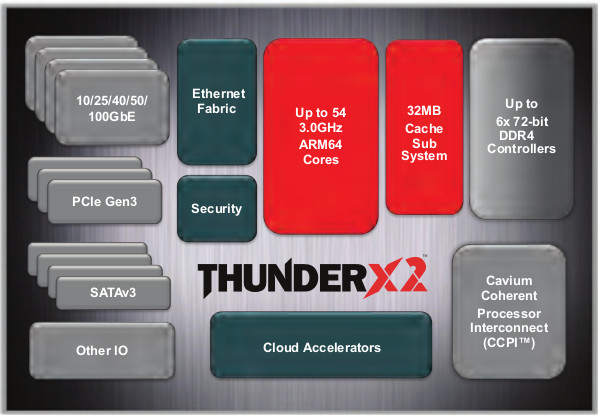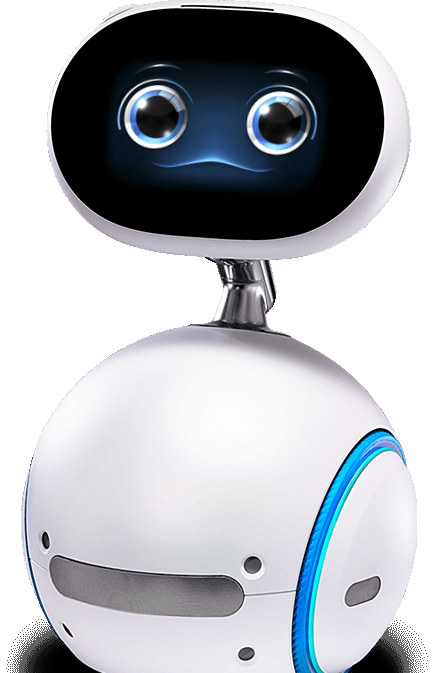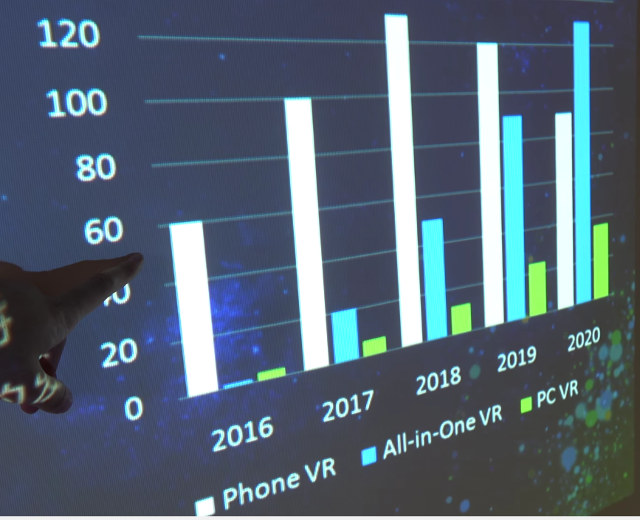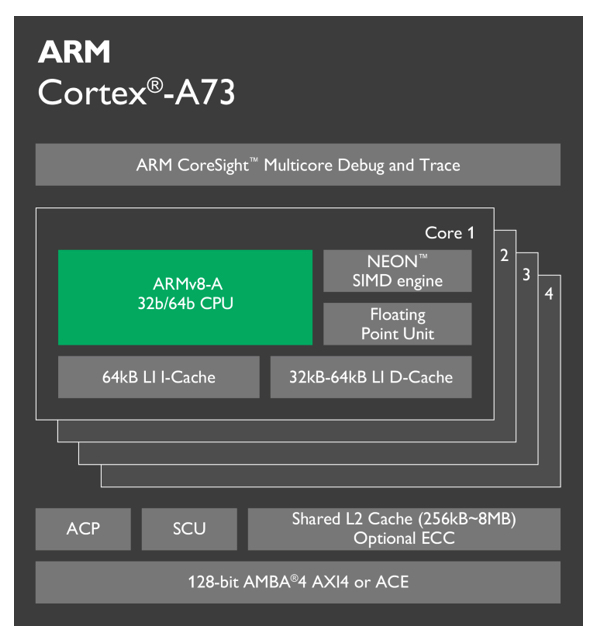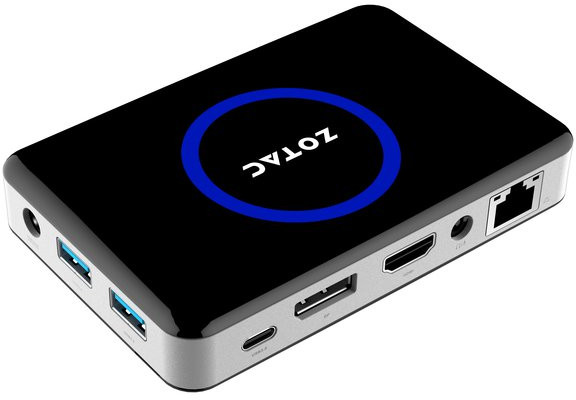Cavium announced their first 64-bit ARM Server SoCs with the 48-core ThunderX at Computex 2014. Two years later, the company has now introduced the second generation, aptly named ThunderX2, with 54 64-bit ARM cores @ up to 3.0 GHz and promising two to three times more performance than the previous generation. Key features of the new server processor include: 2nd generation of full custom Cavium ARM core; Multi-Issue, Fully OOO; 2.4 to 2.8 GHz in normal mode, Up to 3 GHz in Turbo mode. Up to 54 cores per socket delivering > 2-3X socket level performance compared to ThunderX Cache – 64K I-Cache and 40K D-Cache, highly associative; 32MB shared Last Level Cache (LLC). Single and dual socket configuration support using 2nd generation of Cavium Coherent Interconnect with > 2.5X coherent bandwidth compared to ThunderX System Memory 6x DDR4 memory controllers per socket supporting up to 3 TB RAM in […]
Asus Zenbo Smart Home Robot is Looking for Developers
Asus introduced a $599 robot on wheel at Computer 2016. Asus Zenbo features a friendly face which can also be used as a touchscreen display, answer voice commands, take pictures on-demand, and can help you for all sort of task from reading recipes out loud, emergency calls if it detects an elderly person’s fall, to task reminders such as taking medicine, or going to a doctor’s appointment. The robot could also be used for all sort of home automation tasks so as turning on and off lights, so Asus also launched a developer program in order to get more applications leveraging the robot’s capabilities, including Android and web applications using speech recognition, facial recognition, indoor navigation, smart home protocols, etc… Few technical details have been provided so far though. The highlights of ASUS press event do show the robot in action, answering questions, moving around and taking photos. Via Liliputing […]
Allwinner Virtual Reality 2016 – 2017 Roadmap: H8vr, VR9 and VR10 Solutions
Virtual reality has gotten a lot of hype in the last year or so, and so far there’s basically three ways to implement virtual reality: smartphone + VR headset, all-in-one headset, and PC + headset. Currently the former is the most popular option as it’s much cheaper than the other two, while PC based virtual reality provides the best user experience, but it’s quite pricey. Allwinner is now at Computex 2016 promoting their virtual reality solutions, and they see smartphone based VR peak in 2018, PC based VR have a slower growth, with All-in-one VR becoming the dominant force in 2020 and beyond. So the company is focusing on all-in-one Android VR headsets, starting with H8vr board featuring Allwinner H8 octa-core processor with 2GB RAM and 16GB storage, and mainly targeting 4K virtual reality videos, since the performance of current mobile processors does not really provide a good experience for […]
ARM announces “premium IP” for VR and AR with Cortex-A73 Processor and Mali-G71 GPU
Today ARM has revealed the first details of its latest mobile processor and GPU, both said to be optimized for VR (Virtual Reality) and AR (Augmented Reality) applications. Starting with the ARM Cortex-A73, we’re looking at an evolution of the current Cortex-A72 with ARM claiming 30 percent “sustained” performance over the Cortex-A72 and over twice the performance over the Cortex-A57. ARM is already talking about clock speeds of up to 2.8GHz in mobile devices. Other improvements include an increase up to 64k L1 instruction and data cache, up from 48 and 32k respectively for the Cortex-A72, as well as up to 8MB of L2 cache. The Cortex-A73 continues to support ARM’s big.LITTLE CPU design in combination with the Cortex-A53 or the Cortex-A35. It’s also the first ARM core to have been designed to be built using 10nm FinFET technology and it should be an extremely small CPU at around 0.65 […]
Zotac PI330 Cherry Trail mini PC Supports Dual Monitor Setups with HDMI and DisplayPort Outputs
Several low power Intel mini PCs coming out of Chinese manufacturers support dual monitor setups, but usually they combine HDMI and VGA with models such as Vorke V1 or MeLE PCG03. Zotac PI330 mini PC powered by an Intel Atom x5-Z8500 processor offers instead dual independent display support via HDMI and DisplayPort connectors. Zotac PI330 hardware specifications: SoC – Intel Atom x5-Z8500 quad core processor @ 1.44 GHz / 2.24 GHz) with 2M Cache and Intel Gen8 Graphics System Memory – 2GB LPDDR3 Storage – 32GB eMMC flash + micro SD/SDHC/SDXC card reader Video Output – DP1.1a, HDMI 1.4b Audio – DisplayPort, HDMI and 3.5mm headphone/microphone combo jack Connectivity – Gigabit Ethernet, 802.11ac WiFi and Bluetooth 4.0 USB – 1x USB 3.0 Type-C, 2x USB 3.0 port Misc – Power LED, Power Supply – 5V/3A Dimensions – 115 x 76 x 20.7 mm The fanless mini PC is pre-loaded with […]


